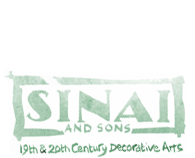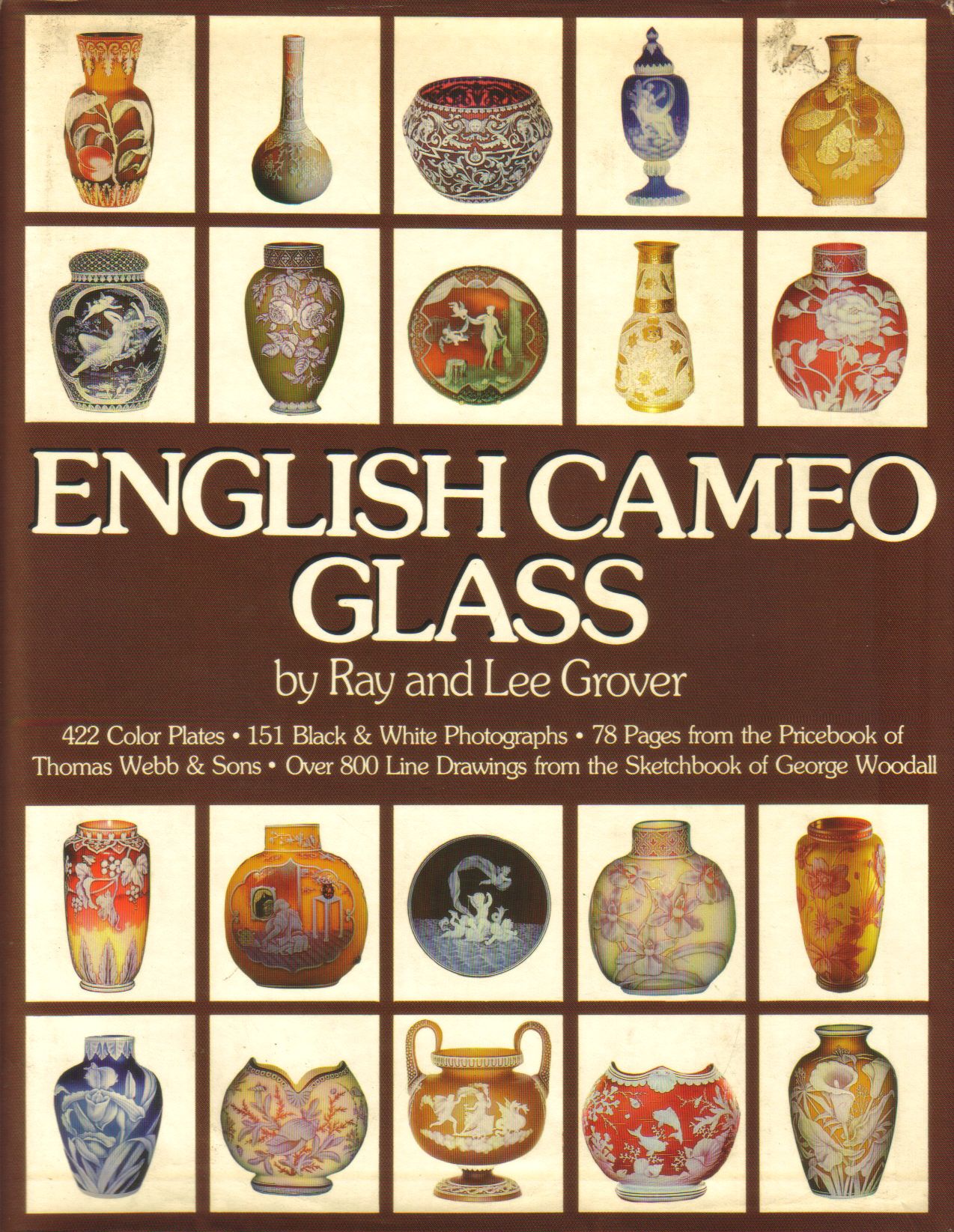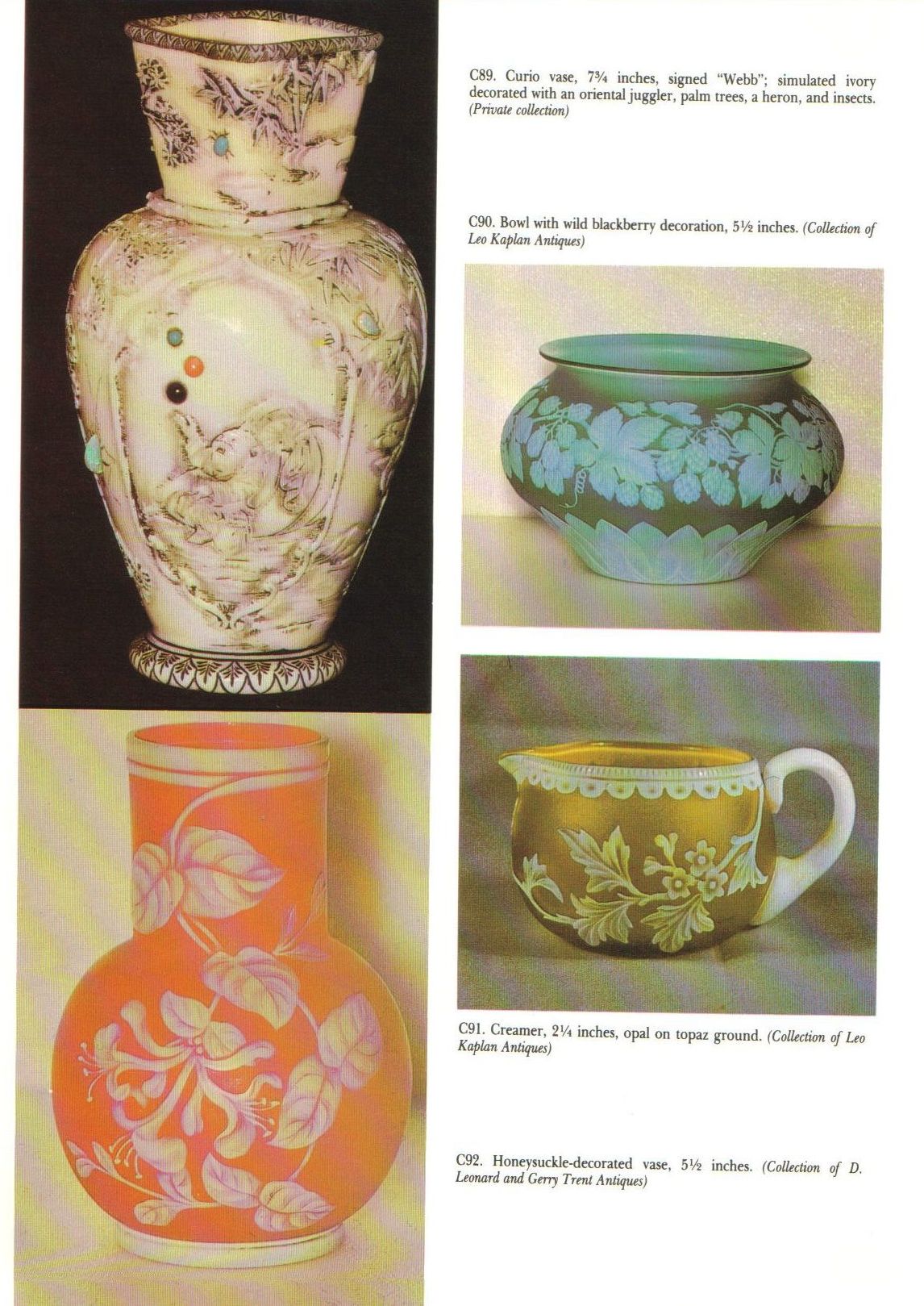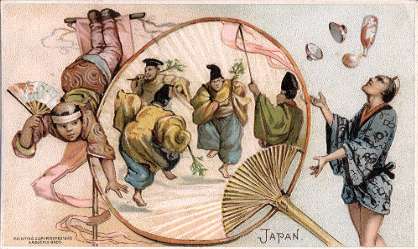An 'Ivory', Etched and Applied Glass Vase
Designed by George Woodall for Thomas Webb & Son, circa 1889
Pattern no. 1620, in the 'Japoniste' style with a bamboo landscape and insects, set with white opals, turquoise, jade, garnet, coral and black onyx cabochons, with cameo signature WEBB
7 ½ in (19.1 cm) high
Provenance
Jim Frambers, Kansas City, 1980
Edwin & Mary Triestman Collection
Private Collection, USA
Literature
Ray and Lee Grover, English Cameo Glass, 1980, p.120, pl.C89
Thomas Webb & Sons Pattern Book, No.1620, p.62
7 ½ in (19.1 cm) high
Provenance
Jim Frambers, Kansas City, 1980
Edwin & Mary Triestman Collection
Private Collection, USA
Literature
Ray and Lee Grover, English Cameo Glass, 1980, p.120, pl.C89
Thomas Webb & Sons Pattern Book, No.1620, p.62
Thomas Webb, the firm's founder, first went into partnership with the brothers William Haden Richardson and Benjamin Richardson to take over the Wordsley Flint Glassworks from Wainwright Brothers. However in 1837 he began his own glassworks at The Platts, Amblecote, near Stourbridge. Webb's most famous craftsmen were the brothers, Thomas and George Woodall.
In 1887, Thomas Wilkes Webb took out a patent for the manufacture of ivory cameo. A vase or other vessel was made of opaque ivory or white glass and then had a pattern drawn over its outer surface with an acid-resisting substance. When plunged into hydrofluoric acid, the exposed surface was eaten away by the acid, leaving the protected design in relief. The acid-resist was then removed, the vessel polished and tinted selectively in various shades of brown to simulate the look of old ivory. The Woodalls were set to work using this new technique and promptly made copies of Chinese, Indian, Persian and European designs and styles as well as developing original designs. Ivory cameo was great admired (the first 20 pieces produced were purchased by Queen Victoria), and soon it was in great demand. This vase is an example of the influence of Oriental taste in England during the late 19th century.
According the Webb Archives, this vase was sold for £12 and the engraver was paid 65 shillings and 25 shillings for the engravings.
In 1887, Thomas Wilkes Webb took out a patent for the manufacture of ivory cameo. A vase or other vessel was made of opaque ivory or white glass and then had a pattern drawn over its outer surface with an acid-resisting substance. When plunged into hydrofluoric acid, the exposed surface was eaten away by the acid, leaving the protected design in relief. The acid-resist was then removed, the vessel polished and tinted selectively in various shades of brown to simulate the look of old ivory. The Woodalls were set to work using this new technique and promptly made copies of Chinese, Indian, Persian and European designs and styles as well as developing original designs. Ivory cameo was great admired (the first 20 pieces produced were purchased by Queen Victoria), and soon it was in great demand. This vase is an example of the influence of Oriental taste in England during the late 19th century.
According the Webb Archives, this vase was sold for £12 and the engraver was paid 65 shillings and 25 shillings for the engravings.























